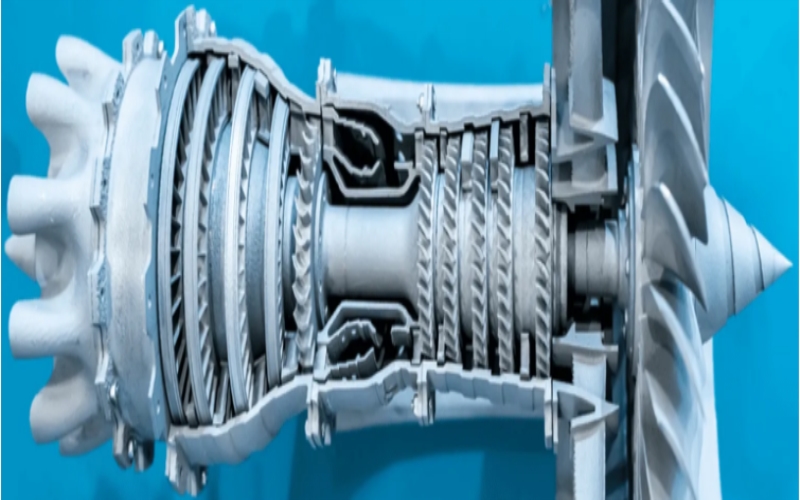Introduction
HP Multi Jet Fusion (MJF) has revolutionized 3D printing with its capacity for producing parts with superior mechanical properties. However, achieving the best results demands a deep understanding of various factors, from selecting the right print profiles and materials to optimizing build platform placement and the printing process.
Selecting Printing Profiles and Materials:
- Mechanical and Balanced Print Profiles: Both profiles significantly enhance mechanical properties in HP PA 11 and HP PA 12 materials. The Mechanical profile, in particular, is better suited for applications requiring higher elongation and impact resistance.
- Material Characteristics: HP PA 11 offers greater elongation and impact resistance compared to HP PA 12, whereas HP PA 12 GB provides higher tensile modulus at the cost of reduced elongation and tensile strength.
Build Platform Placement and Printing Process:
- Optimal Part Spacing: A minimum distance of 5 mm between parts and 10 mm to 20 mm from build volume margins is recommended to ensure uniform energy absorption and heat management.
- Dense Part Management: Parts with large wall thicknesses or dense geometries should be spaced more than 10 mm apart. When many parts of the same shape are tightly packed, they should be treated as dense parts and spaced accordingly for better heat homogeneity.
Balancing Mechanical Properties with Process Factors:
- Throughput vs. Part Quality: A good balance is achieved with a packing density between 8% and 10%. Lower packing densities improve heat management, enhancing mechanical properties.
- Job Length: Shorter jobs with minimal Z-height are recommended to increase elongation at breakpoints and impact resistance, especially for HP PA 11, which is more prone to warpage.
- Cooling Profiles: Fast Cooling can benefit elongation and impact resistance but is not advisable for parts susceptible to warpage.
Mechanical Property Enhancement Examples:
- Orientation for Increased Elongation: Parts requiring high elongation and impact resistance should be oriented for a short bucket, especially when thinner features are involved.
- Profile Selection: For high elongation and impact resistance, a Mechanical print profile combined with fast cooling and shorter jobs (low packing densities) is ideal.
- Material Selection: The Mechanical print profile for HP PA 11 typically results in higher elongation than HP PA 12. HP PA 12 GB, due to its stiffness, is less suitable for applications requiring flexibility.
Conclusion
Achieving optimal mechanical properties in HP Multi Jet Fusion printing involves a careful balance of factors like printing profiles, material selection, part placement, and process control. By adhering to these best practices, engineers can exploit the full potential of MJF technology, producing parts that not only meet but exceed the mechanical demands of various applications.

